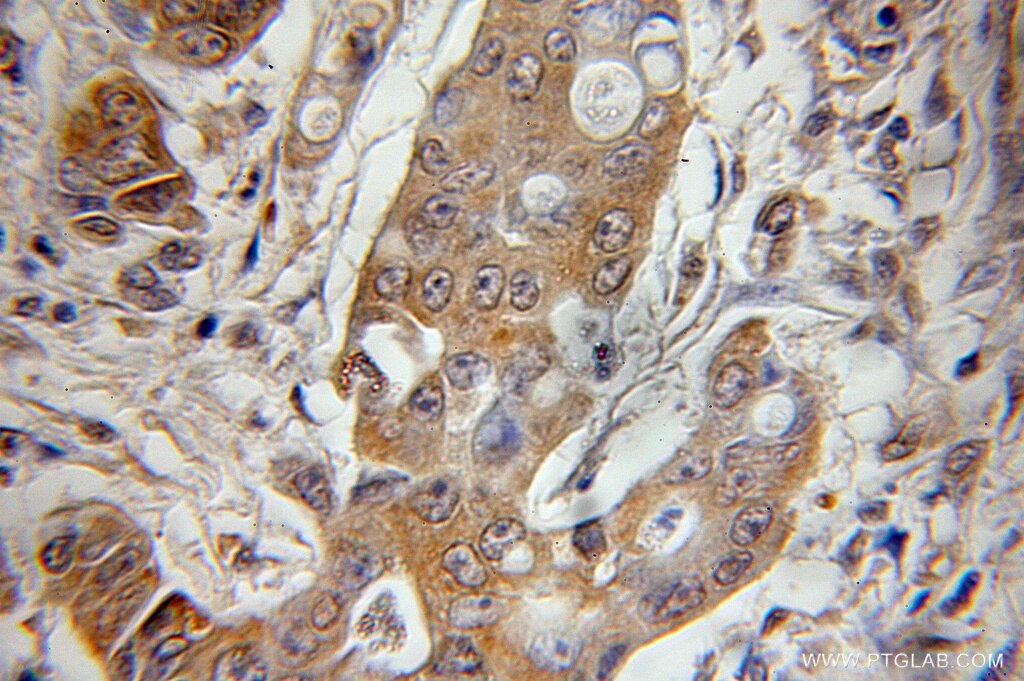Anticorps Polyclonal de lapin anti-Rac1
Rac1 Polyclonal Antibody for ELISA
Hôte / Isotype
Lapin / IgG
Réactivité testée
Humain, rat, souris
Applications
WB, ELISA
Conjugaison
Non conjugué
N° de cat : 10485-2-AP
Synonymes
Galerie de données de validation
Applications publiées
| WB | See 2 publications below |
Informations sur le produit
10485-2-AP cible Rac1 dans les applications de WB, ELISA et montre une réactivité avec des échantillons Humain, rat, souris
| Réactivité | Humain, rat, souris |
| Réactivité citée | Humain |
| Hôte / Isotype | Lapin / IgG |
| Clonalité | Polyclonal |
| Type | Anticorps |
| Immunogène | Rac1 Protéine recombinante Ag0751 |
| Nom complet | ras-related C3 botulinum toxin substrate 1 (rho family, small GTP binding protein Rac1) |
| Masse moléculaire calculée | 21 kDa |
| Numéro d’acquisition GenBank | BC004247 |
| Symbole du gène | RAC1 |
| Identification du gène (NCBI) | 5879 |
| Conjugaison | Non conjugué |
| Forme | Liquide |
| Méthode de purification | Purification par affinité contre l'antigène |
| Tampon de stockage | PBS with 0.02% sodium azide and 50% glycerol |
| Conditions de stockage | Stocker à -20°C. Stable pendant un an après l'expédition. L'aliquotage n'est pas nécessaire pour le stockage à -20oC Les 20ul contiennent 0,1% de BSA. |
Informations générales
RAC1, also named as TC25, belongs to the small GTPase superfamily and Rho family. RAC1 is a plasma membrane-associated small GTPase which cycles between active GTP-bound and inactive GDP-bound states. In its active state, it binds to a variety of effector proteins to regulate cellular responses such as secretory processes, phagocytosis of apoptotic cells, epithelial cell polarization and growth-factor induced formation of membrane ruffles.
Publications
| Species | Application | Title |
|---|---|---|
Int J Oncol A novel anthraquinone‑quinazoline hybrid 7B blocks breast cancer metastasis and EMT via targeting EGFR and Rac1. | ||
Int J Oncol Diallyl disulfide induces downregulation and inactivation of cofilin 1 differentiation via the Rac1/ROCK1/LIMK1 pathway in leukemia cells. |


